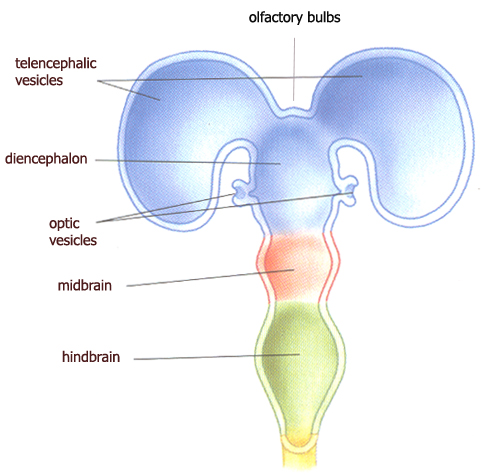
In 1618, while Isaac Beeckman was elucidating inertia to René Descartes, Johannes Kepler transformed astronomy with his third law of planetary motion, though it initially received minimal recognition. Kepler’s third law illustrates the connection between a planet’s orbital period and the semi-major axis of its orbit: the square of the period is proportional to the cube of the axis. This revelation built on his earlier laws regarding elliptical orbits and area velocity.
At that time, the comprehension of forces was basic, and celestial movements were considered intrinsic or divinely influenced. However, Kepler, inspired by William Gilbert’s research on magnetism, imagined a force-like emanation from the Sun impacting planetary trajectories, foreshadowing later gravitational concepts.
His seminal work, “Harmonices Mundi,” in which the third law was introduced, was eclipsed by metaphysical aspects. Kepler’s geometric model, aiming for cosmic harmony similar to Pythagorean ideas, was challenging for his contemporaries to recognize as scientific. The law’s importance became apparent when Newton later employed it to unify celestial and terrestrial motion under universal gravitation.
Interest in Kepler’s concepts heightened with the “Rudolphine Tables” (1627), which provided unparalleled planetary information, and through his “Epitome Astronomiae Copernicanae” (1618-1621), which systematically laid out his framework. Scholars and astronomers slowly embraced elliptical orbits, with some acknowledging the first and third laws, but the complexity of the second law sparked debates until Nikolaus Mercator’s mathematical demonstration.
Kepler’s work encountered resistance from prominent figures like Galileo and Descartes, although others such as Boulliau, Riccioli, and Horrocks expressed support. Gradually, Kepler’s theoretical system gained traction, impacting astronomy and enabling Newton to completely validate the third law, thereby securing its status as fundamental in understanding planetary dynamics.